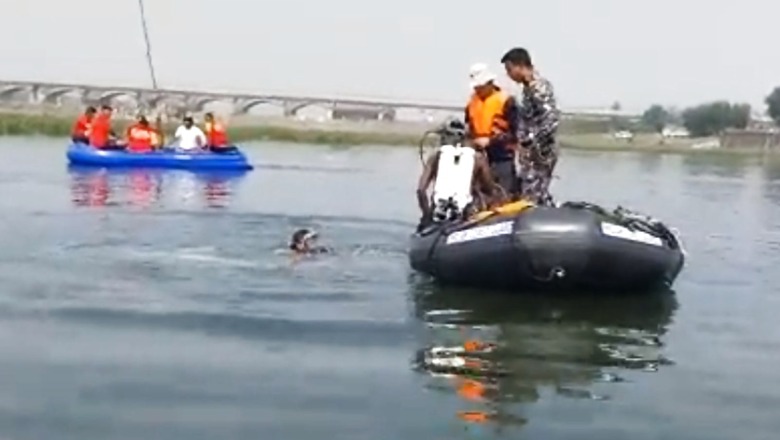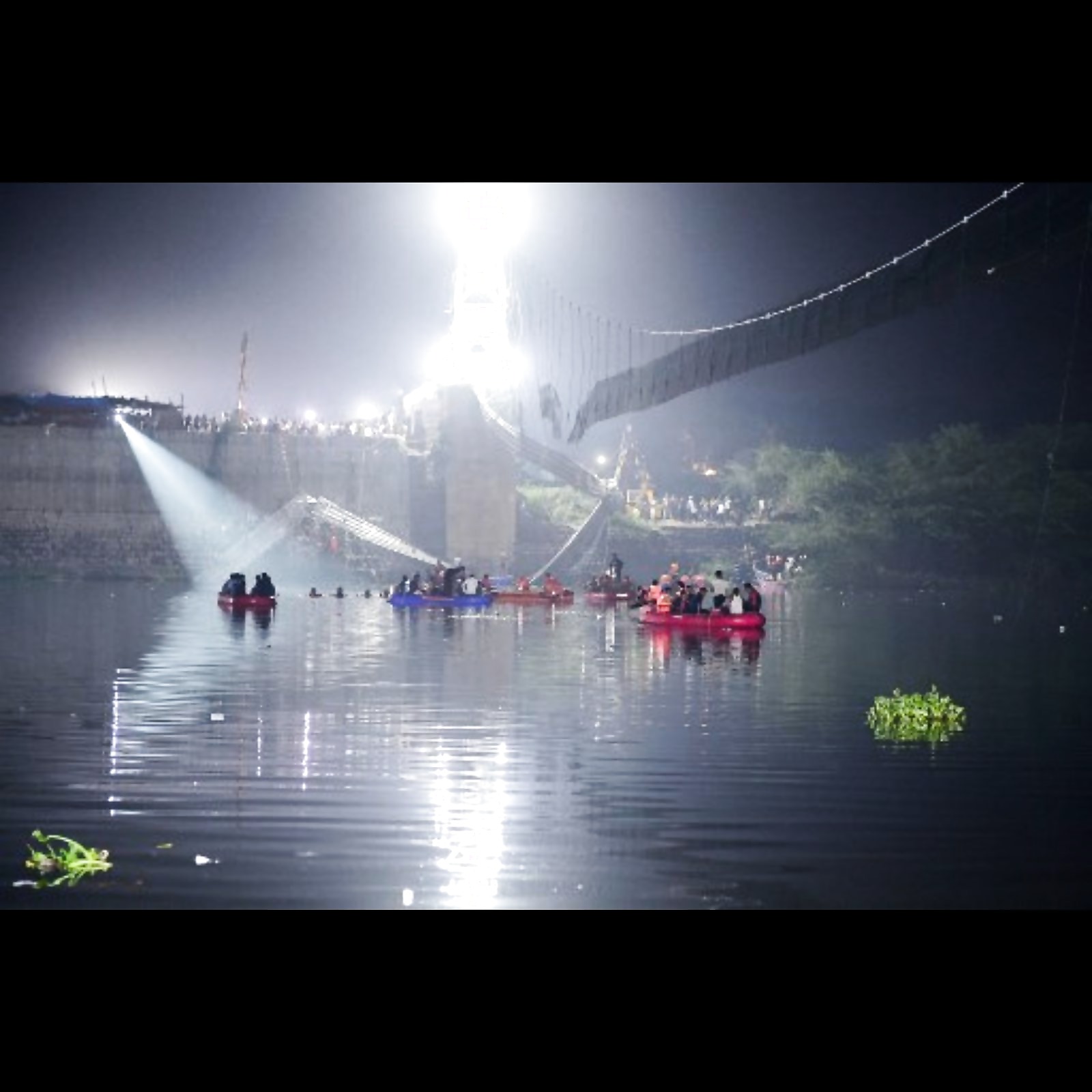
views
Macchu river, in which the Morbi suspension Bridge collapsed on Sunday evening, killing over 135 people became a site of a massive rescue operation that involved “cutting opening” a dam to drain out water and save lives.
The Macchuu river water is stagnant and is anywhere between 20 to 25 feet.
The Gujarat Water Resources Development Corporation Limited (GWRDCL) was tasked with the work of dewatering a “10 KM stretch of the river,” according to The Hindustan Times.
The “crucial” water draining exercise
The draining went like this, twenty one workers of the GWRDCL installed two large pumps at one end of the river to start dewatering the stretch, GWRDCL’s deputy engineer, Kaushik told HT.
These pumps had, after 48 hours, drained out at least 700,000 litres of water and resulted in easing the rescue operations by reducing the water levels in the river.
The water pumping has been going on round-the-clock, except when it stopped for a 30 minute break on Tuesday night.
In a water body, in the middle of night and day, the water drilling provides a crucial aspect of finding survivors.

Prasanna Kumar who oversees the operation from National Disaster Relief Force (NDRF) said that even if the pumps are successful in reducing the water levels by a few feet, the recovery of bodies will become easier.
Since Monday, when a few bodies were recovered, no other survivors or bodies have been found. The Morbi operation has involved over 300 workers from six different agencies and many more volunteers.
Challenges Faced
In a river like Macchu, pumping water becomes challenging as they work better on a flat surface. “The pipes carrying the water are placed up in a slope, slowing the discharge speed of water,” Naveen Chavda, GWRDCL’s pump in-charge, told HT.
“We have deployed two pumps of 50 horsepower each. They are pumping out around 12,000 litres of water every minute,” Kaushik highlighted.
According to a government official who spoke to The Indian Express, the check dam was cut open so that the water would flow outwards. “Now the water level has come down by five-six feet and now there appears to be a greater concentration of water hyacinths,” he said.
“The Navy diving teams and others are continuing their searches under these water hyacinths,” the official added.
A specialised machine has also been used to remove the hyacinth weeds from the river water.
Parallels with Thai Cave Rescue Ops
Parallels of this water-draining exercise can be drawn with the massive internal rescue operation in 2018 to save 12 Thai boys who were stranded inside a flooded cave along with their football coach.
In a full-blown rescue operation, with round-the-clock pumping and the presence of Thailand Navy seals, the national police and hundreds of cave experts, as well as military personnel from several countries including United States, England, Australia, Belgium and other countries.
All the boys, and their coach were safely rescued despite the arduous rainfall happening simultaneously. During the rescue operation in Thailand, consistent heavy rainfall meant the cave chambers being flooded with more water every second, according to BBC news.
Engineers had to pump water out of the cave, but numerous challenges existed. The drilling was on a difficult mountainous terrain, and it was difficult for them to find “cracks” in the cave system in which they could insert the pumps.
Apart from this, the divers had to swim against a strong current and rising floodwaters.
Workers first delivered food and medical supplies and also an air tube, as there was a lack of oxygen in the cave. In a cave getting filled by water, the survivors were brought out by stretchers who were guided by expert divers, one at a time, according to Vox.
Read all the Latest India News here

















Comments
0 comment